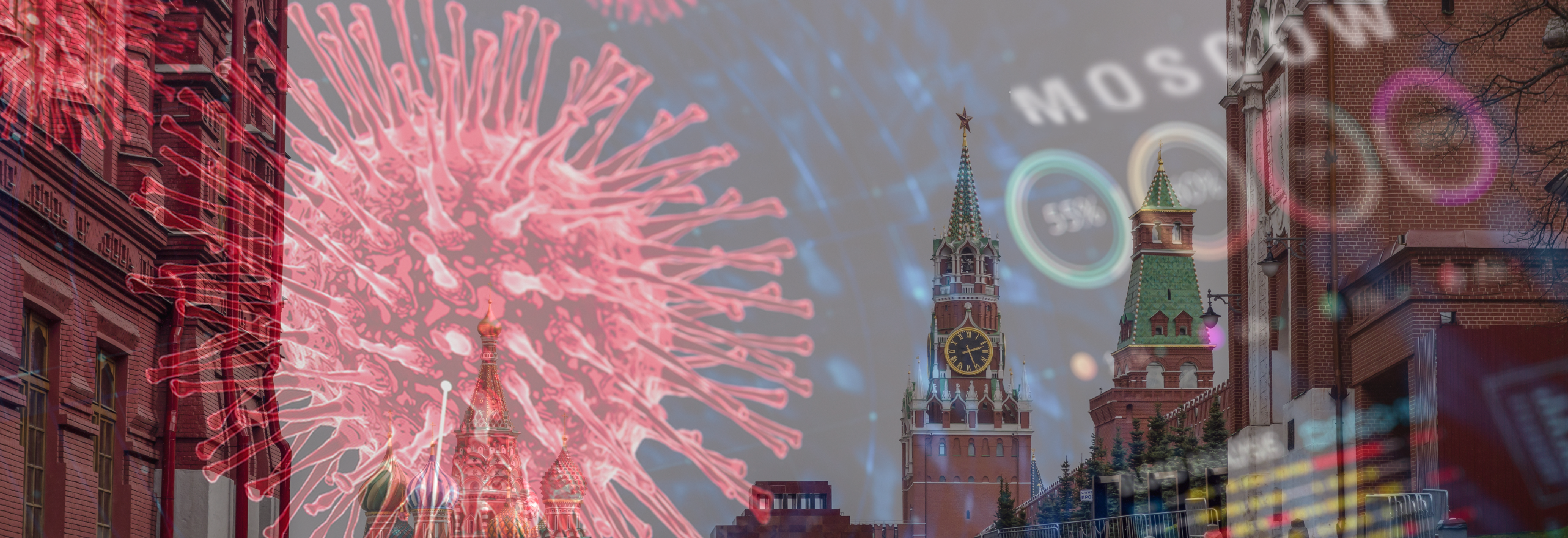openEHR
An Open Data Platform Enables Moscow to Respond Rapidly to the COVID-19 Crisis
By
Better
Today, Moscow City council’s decision to digitalise all of its health and care services is paying dividends.
The scope of the project was huge: over 320 medical-legal entities made up of 105 hospitals with 408 units, 170 outpatient clinics with 665 units, and more than 55,000 doctors taking care of more than 12 million citizens. Moscow transformed its entire healthcare system, setting up a centralised EHR system to manage the health data of all its citizens. Though the data is centralised, the applications are being provided by several different vendors who must store all the data in an open format.
When the COVID-19 pandemic struck, it created a lot of additional pressures in health and care, including the difficulty to obtain and put the right data together into shared care records that could be used across regions or countries to address the challenges of the pandemic. The City of Moscow, however, already had a consistent patient care record with fully validated data, and this enabled a faster response to the COVID-19 crisis.
As you can see in the video below, “the high level of digital penetration achieved in Moscow before the pandemic allowed it to establish, in the shortest time, a comprehensive digital platform, which enabled the individual handling of each patient at all stages. Continuous and consistent handling of a patient is possible when all the data is collected in one depository, and all the information is available only in digital format to everyone involved.”
In the video, you will learn more about the services which make up Moscow’s response to the pandemic, including:
- a single laboratory service which was created in less than a month;
- a single online registry of infected persons, which is available in real-time and includes a personal record, referral, and treatment of the patient;
- a digital platform which automatically generates a time schedule for patients who don’t need hospitalisation and are to be visited at home twice a day;
- specialised telemedicine centres to support citizens;
- a new system for epidemiological research; and
- a fully automated vaccination process.
The video also summarises the outcome of innovative technologies: “It is beneficial for all participants in the process: the patient, the doctor, and the complete healthcare system. The system was not overloaded and did not collapse because of the flow of patients, and every patient could get medical and social help on time. The use of digital services took the load off doctors, enabled help from non-medical personnel, and in this way saved the most precious resource: the doctor’s time.”
